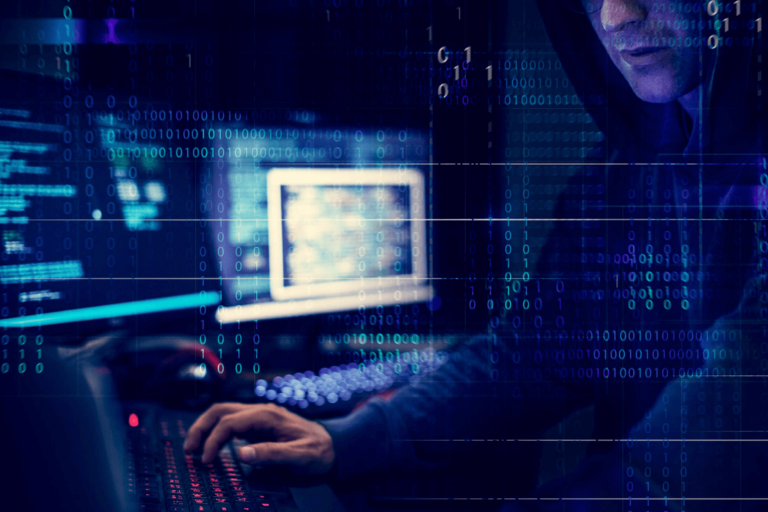Handling legal cases related to cybercrime, be it defamation, privacy violations or online scams, among others, is tricky. Moreover, being an area of changing legislation, it can be complicated to follow the appropriate regulatory procedures and strategies carried out in other cases.
And here artificial intelligence can help. However, there are a few things to keep in mind in order to use it properly.
Before taking legal action, it is crucial to perform a preliminary assessment of the case to determine its feasibility. In this task, AI can support the work of the lawyer, who should attend to two fundamental elements.
- Identify the applicable jurisdiction: given that social media platforms operate globally, it is essential to determine in which jurisdiction the case will be filed, based on the location of the defendant(s) and the plaintiff. It is also important to analyze whether the plaintiff wants to open a case against an individual, an organization or a company.
- Document the offending content: Keeping evidence of the challenged content is vital. This can include screenshots, active links, message or call logs or even archived data provided by the social network itself. The volatility of online content makes this documentation critical. The veracity of the evidence must also be checked at this point, as much content on the network may subsequently be modified or even be completely false.
Use of the platform's internal mechanisms
Before proceeding with legal action, it is worth exploring the platforms' policies and complaint mechanisms:
- Report infringing content: social media platforms usually have procedures for reporting content that violates their terms of service, including defamation and invasion of privacy. If the platform accepts the report, it will delete the content in question.
- Removal request: in cases of copyright infringement or defamation, legal procedures already prearranged can be used to attempt to remove the content, such as the DMCA takedown request (a protocol requesting the removal of copied content in the United States).
If the offensive content persists after a request or the situation is serious, formal legal action can be taken:
- Send takedown letters: a formal letter demanding cessation of the infringing conduct and removal of the content can be an effective first step. In addition, if the case goes further, it is positive to have evidence of a previous takedown request.
- Lawsuits for defamation, invasion of privacy, copyright infringement or online scams: depending on the case, filing a legal claim may be appropriate to seek redress for damages caused or to remove the offending content.
Negotiation
In some cases, negotiation may be an effective way to resolve disputes without resorting to litigation. These options can be faster and less costly, and allow creative solutions to be found that satisfy both parties. In this way, reaching an agreement between the parties involved can be the most efficient and satisfactory solution.
Given the constant change in digital laws and platform policies, staying up-to-date and taking advantage of the benefits of artificial intelligence is essential. Employing these tools can reduce the workload and increase the efficiency of lawyers.






